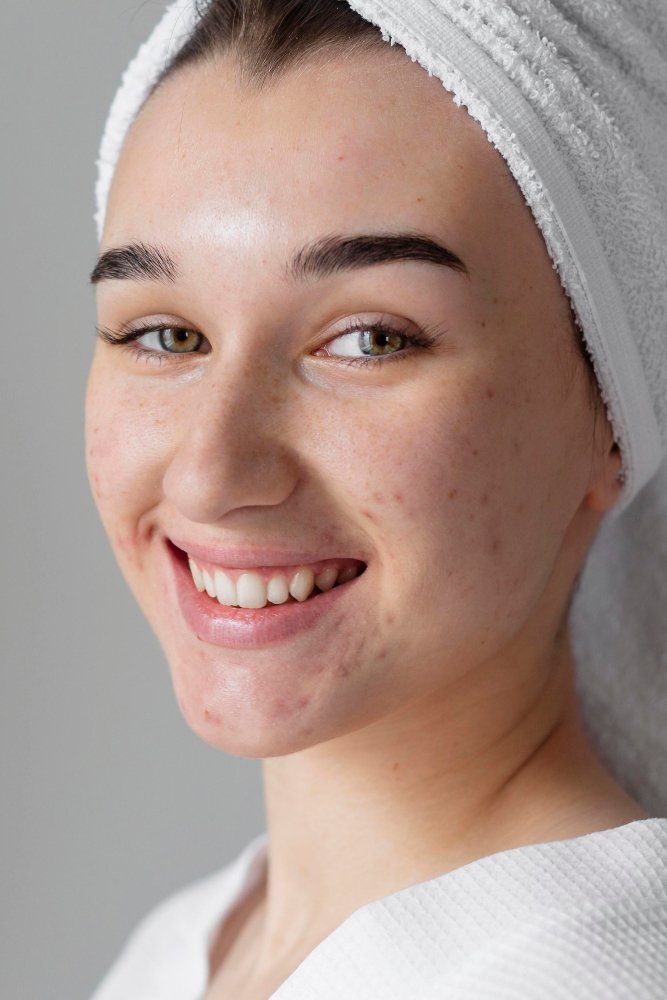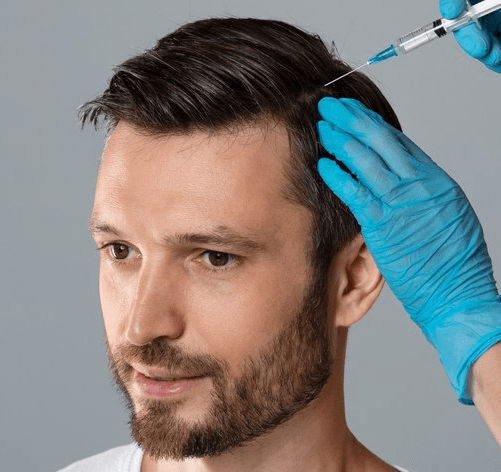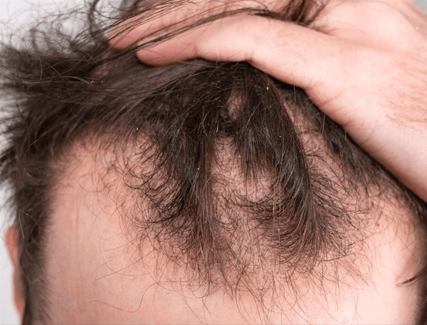Treatment Overview
The combination of dermal filler with chin implant surgery is an innovative approach to chin augmentation that blends surgical and non-surgical methods for enhanced facial contouring. While the chin implant provides permanent structural projection and definition, dermal fillers are used to refine contours, improve symmetry, and soften transitions around the chin and jawline.
Korean surgeons and aesthetic specialists are pioneers in integrating these techniques to achieve natural, harmonious, and customizable results tailored to each patient’s facial anatomy.
Purpose & Benefits
This combination provides a balanced chin projection with structural support from implants while allowing fine-tuning of chin shape and volume using dermal fillers. It enhances facial harmony and jawline definition, minimizes the need for multiple surgeries by combining surgical and injectable treatments, and offers both immediate and long-lasting aesthetic improvements. This method enables a more natural, three-dimensional facial contour.
Ideal Candidates
Ideal candidates are individuals seeking permanent chin augmentation with additional contour refinement, patients wanting to avoid or delay further invasive surgeries, those with minor asymmetries or volume deficits around the chin and jaw area, healthy adults with realistic expectations, and candidates preferring a customized treatment plan blending surgery and fillers.
Possible Risks & Complications
Possible risks include surgical swelling, bruising, infection, and implant displacement, as well as dermal filler side effects like redness, swelling, mild bruising, or lumps. Temporary numbness or discomfort around the chin and jaw may occur. There is a rare chance of allergic reactions or implant-related complications, and some cases might require filler touch-ups or implant revision.
Surgical Techniques and Filler Use
Chin implant placement is typically performed via intraoral or submental incisions with precise pocket creation and implant fixation. Biocompatible implants such as silicone or Medpor provide long-term structural enhancement. Dermal fillers, commonly hyaluronic acid or calcium hydroxylapatite, are injected to sculpt and balance chin contours. Careful filler placement around implant edges helps soften transitions and improve symmetry. These procedures are performed by board-certified surgeons and experienced aesthetic practitioners.
Recovery & Aftercare
Recovery from chin implant surgery involves swelling and bruising that can last 1–2 weeks. Dermal filler injections have minimal downtime, with some redness or swelling lasting a few days. Patients are advised to follow wound care instructions, avoid strenuous activity, and maintain good oral hygiene if intraoral incisions are used. Follow-up visits help monitor healing and assess filler integration. Patients should avoid excessive pressure or trauma to the chin during recovery.
Results & Longevity
Patients can expect immediate chin projection and improved contour after implant placement. Dermal filler effects are visible instantly, refining shape and volume. The implant provides permanent structural enhancement, while filler effects typically last 6 to 18 months. Regular filler touch-ups may be needed to maintain optimal results. Overall, this combination offers improved facial harmony and a natural appearance.
Treatment Process in Korea
The treatment begins with a comprehensive facial analysis and 3D imaging to design a personalized surgical and filler plan. Surgeons select the appropriate implant size and filler type based on anatomy and aesthetic goals. Chin implant surgery is performed under local anesthesia with sedation or general anesthesia. Filler injections can be done immediately after surgery or during recovery to optimize contouring. Patients receive detailed instructions on wound management, activity limitations, and skincare. Follow-up appointments monitor surgical healing and filler performance. Korean clinics typically provide multilingual staff, airport transfers, and recovery assistance to international patients.
Korea is a preferred destination due to its expertise in combining surgical and non-surgical facial contouring, advanced 3D planning, access to high-quality implants and premium dermal fillers, state-of-the-art medical facilities, and competitive pricing with excellent aesthetic outcomes.
Cost Range
The combined dermal filler with chin implant procedure in Korea generally costs between ₩5,000,000 and ₩12,000,000 KRW (approximately $3,800 to $9,000 USD), depending on implant type and size, filler volume and type, clinic and surgeon’s expertise, anesthesia, facility fees, and included postoperative care and follow-ups.
| Service Component | Cost Range (KRW) | Approx. USD |
|---|---|---|
| Consultation & Imaging | ₩200,000 – ₩500,000 | $150 – $375 |
| Chin Implant Surgery Fee | ₩3,000,000 – ₩8,000,000 | $2,250 – $6,000 |
| Dermal Filler Injection | ₩1,000,000 – ₩3,000,000 | $750 – $2,250 |
| Anesthesia & Facility Fees | ₩500,000 – ₩1,000,000 | $375 – $750 |
| Postoperative Care | ₩300,000 – ₩500,000 | $225 – $375 |
Popular Clinics in Korea
Popular clinics offering this combined procedure include Banobagi Plastic Surgery, known for expertise in surgical and injectable facial contouring; ID Hospital, with advanced 3D planning and comprehensive aesthetic treatments; JW Plastic Surgery, famous for balanced and natural chin augmentation results; The Plus Plastic Surgery, specializing in personalized treatment blending surgery and fillers; and View Plastic Surgery, which provides state-of-the-art techniques with premium materials and care.




